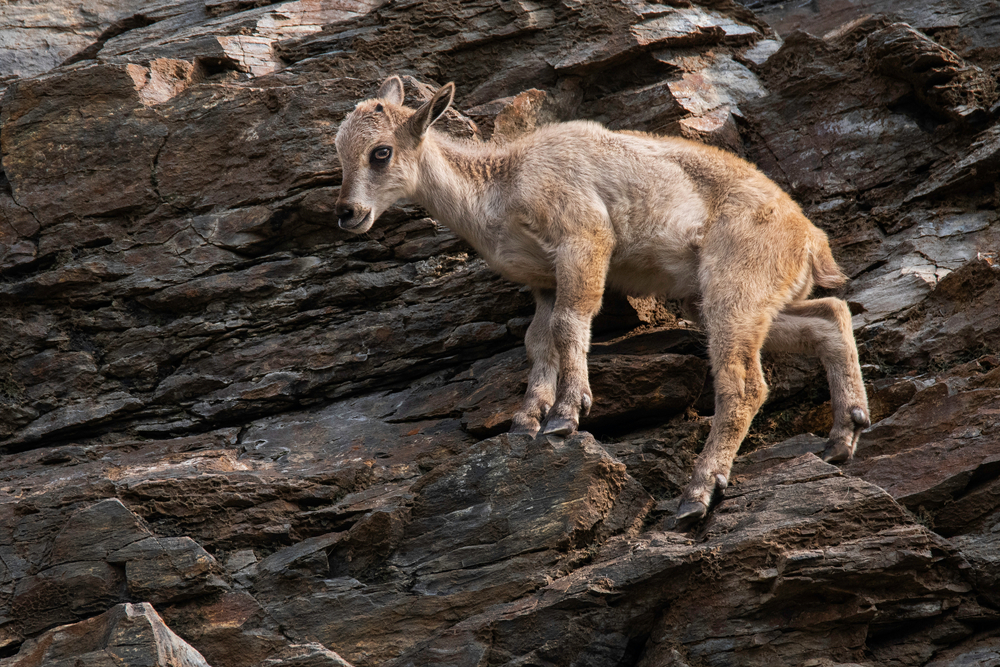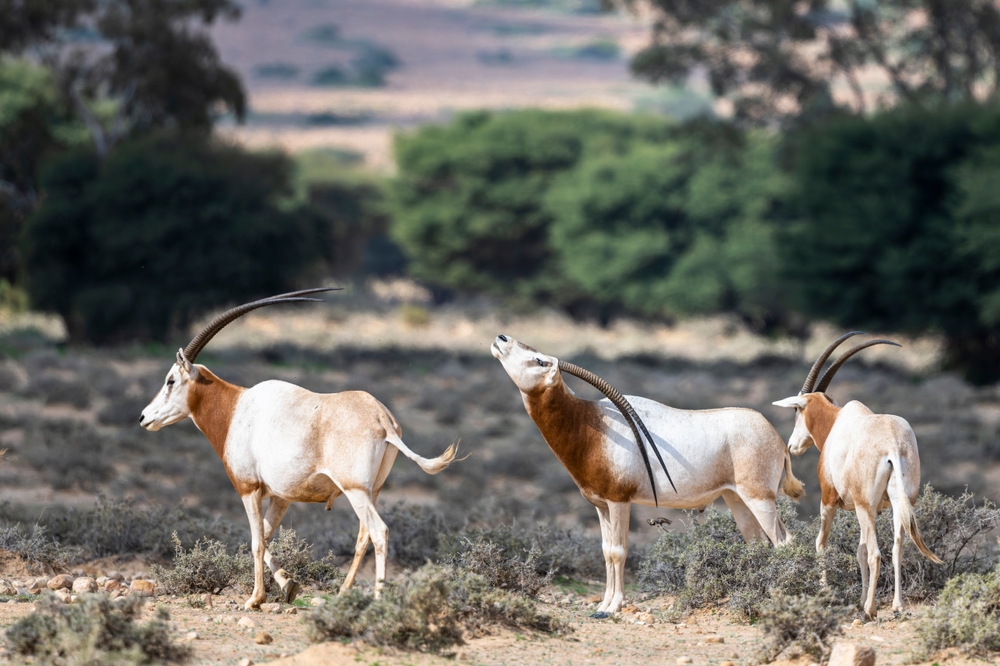Chambi Overview
Chambi National Park, locally known as Parc National de Chaambi, is a rugged and majestic natural reserve located in western Tunisia near the city of Kasserine. It is also referred to as Chaambi National Park and Chaambi Mountain National Park. It spans an area of approximately 96 square kilometers (37 square miles), the park is anchored by Mount Chaambi, the highest peak in Tunisia at 1,544 meters (5,066 feet). Established in 1980, the park serves as a sanctuary for diverse flora and fauna and a critical conservation area for Tunisia’s semi-arid ecosystems.
The landscape of Chambi National Park is a striking mix of steep mountains, rocky valleys, and expansive plains. Mount Chaambi dominates the skyline and offers panoramic views of the surrounding region, making it a popular destination for hikers and adventurers. The park is interspersed with seasonal streams that flow during the rainy months, creating small oases of greenery and providing vital water sources for wildlife.
Chambi National Park is celebrated for its biodiversity, particularly its role in protecting rare and endangered species. The park is home to the elusive Barbary sheep, known for its impressive curved horns and adaptability to mountainous terrain. Other mammals, such as wild boars, red foxes, and porcupines, roam the park’s rugged slopes. Reptiles, including Greek tortoises and North African snakes, add to the ecological diversity of the area.
Birdlife is abundant in Chambi, making it a haven for birdwatching enthusiasts. Raptors such as the golden eagle and peregrine falcon can often be seen soaring above the peaks, while smaller species like hoopoes, larks, and wheatears inhabit the park’s scrublands. The park’s strategic location along migratory routes ensures a seasonal influx of birds, further enriching its avian diversity.
Flora within the park is adapted to the semi-arid climate and includes a variety of Mediterranean and steppe vegetation. Aleppo pines, junipers, and wild olives dominate the higher altitudes, while lower areas are covered with aromatic shrubs like rosemary and thyme. The park’s plant life plays a crucial role in preventing soil erosion and sustaining its wildlife populations.
Chambi is also significant for its cultural and historical context. The surrounding area is steeped in history, with remnants of ancient Berber settlements and Roman-era ruins. These sites, combined with the park’s natural beauty, make it a unique destination that blends ecological and cultural tourism.
Conservation efforts in Chambi National Park focus on habitat preservation, combating deforestation, and protecting its endangered species. The park has been designated as a UNESCO Biosphere Reserve, underscoring its importance in global biodiversity conservation. Community engagement programs have been established to promote sustainable tourism and environmental education, ensuring that the park’s natural heritage is preserved for future generations.
Visitors to Chambi National Park can enjoy activities such as hiking, wildlife observation, and photography. The trails leading to the summit of Mount Chaambi are particularly popular, offering breathtaking views and an opportunity to experience the park’s diverse ecosystems up close.
In summary, Chambi National Park is a jewel of Tunisia’s natural landscape. With its towering mountain, diverse wildlife, and conservation significance, it offers an unparalleled escape into the wild heart of the country.












































































